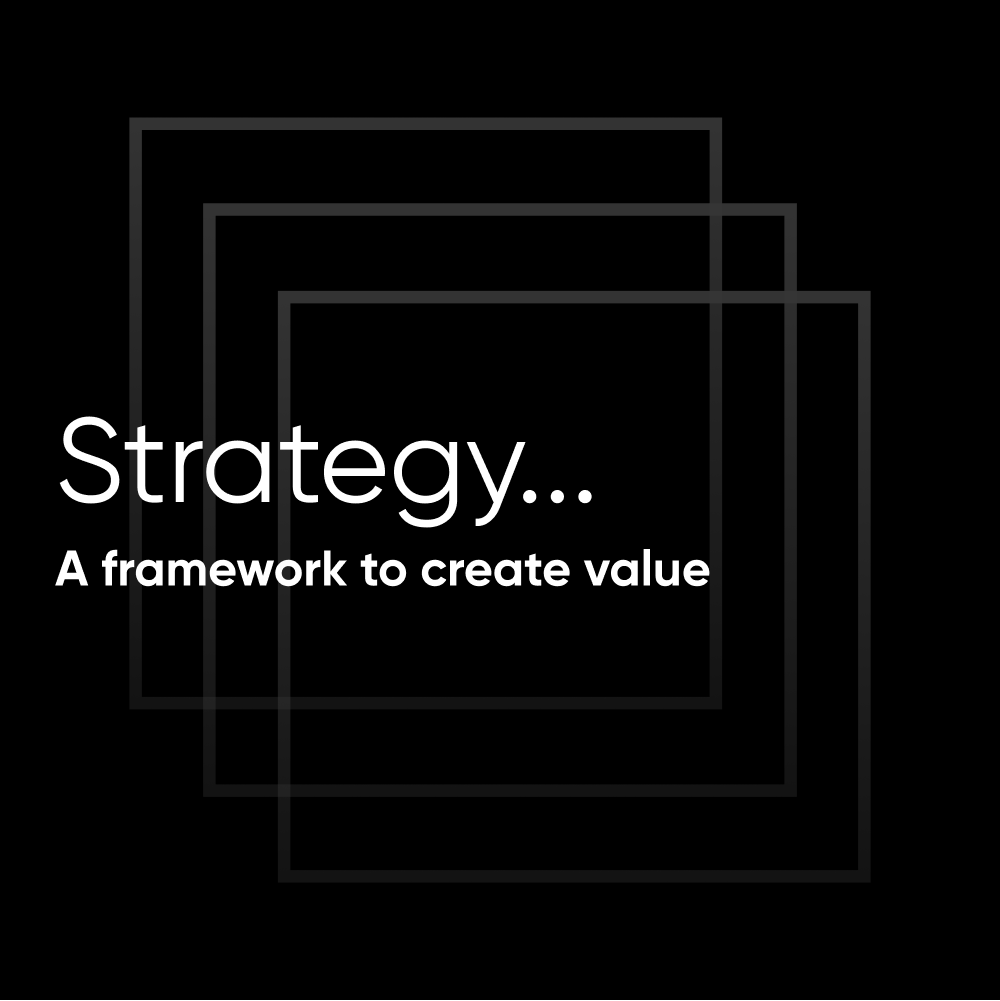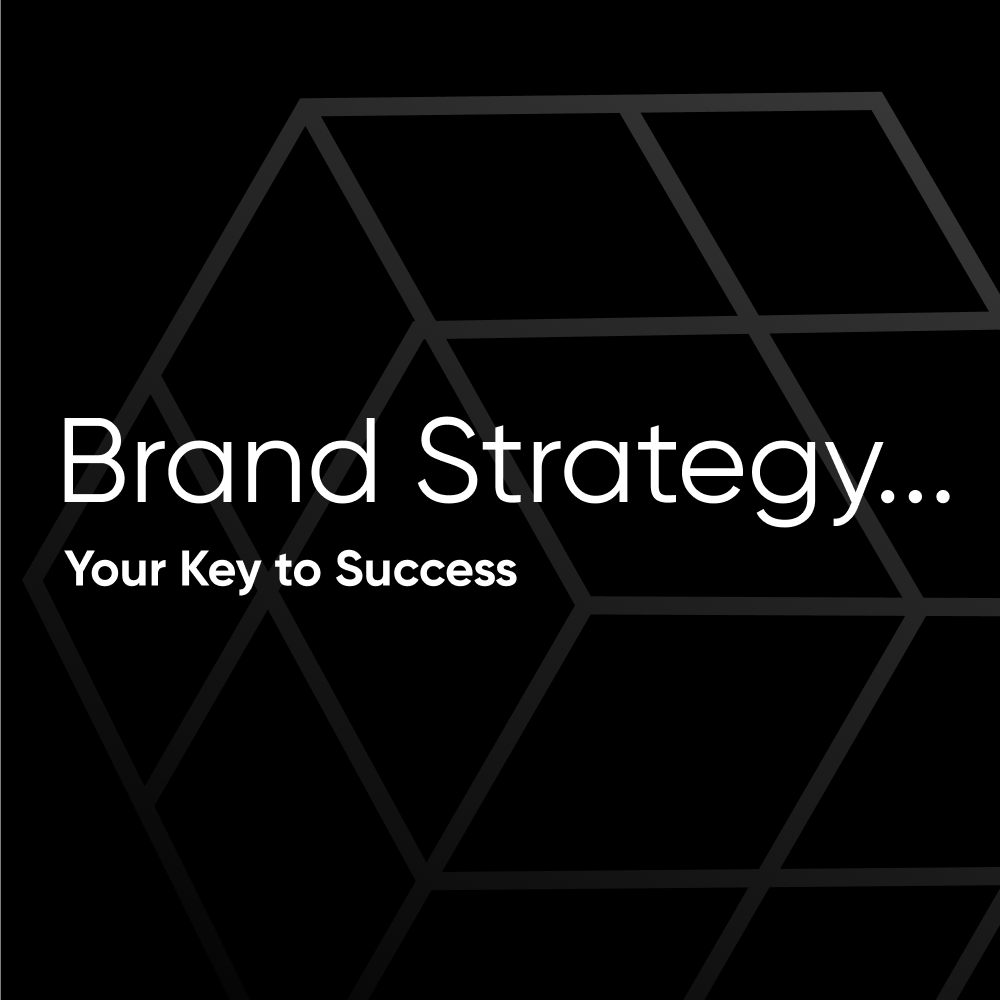Introduction
Taking the time to build a strong brand strategy is important and comes before jumping into the brand design process.
The process of developing your brand includes aligning your brand with your business objectives, communicating your brand to your target market, and updating or strengthening your brand as needed.
Are you looking to create a winning brand strategy that will set you apart from the competition?
Here are some tips and best practices that will help you create a winning branding strategy that resonates with your audience and sets you apart from the competition.
1. Consider your strategy
It’s critical to think about your brand strategy as you establish and build your company.
Consider your brand strategy to be your map; it will help you create a path for your company and how you want it to expand in the future.
You’ll have the parameters and framework to design your business or growth plan and achieve your business goals if you clearly define the strategy.
- Why is the company in business?
- Have you identified your core competencies?
- What is the target market?
- Do you have a clear unique selling proposition?
- Why have we chosen these strategic directions?
Growing your company will be a lot easier if you have a strong, distinct brand. But…
- What kind of value do you have?
- How will you grow the business?
The context for your brand development strategy is your overall business strategy, so start there.
If you know where you want to take your company, your brand strategy will help you get there.
2. Think audience first
One of the most important aspects of branding is identifying and understanding your target audience.
- Who are they?
- What are their needs and desires?
- What do they value?
When you have a deep understanding of your audience, you can tailor your branding strategy to appeal directly to them.
Don’t fall into the trap of thinking that everyone is your target customer. Your marketing efforts will be less effective with a target audience of everyone. Most successful brands start with a specific, niche target market and expand from there.
So, how do you know if you’ve identified the proper customer segment?
Your target audience is made up of people who are most likely to be interested in your content, product, or services. These users are typically connected by some specific characteristics like industry, age, gender, income, location, interests, and a number of other demographics and behaviors.
Another great way to identify a target market is to consider your USP (unique selling proposition) and the problem or pain point you are solving. If you have created a solution, your target market is the people that have the problem you solved.
3. Create clear messaging
Your brand messaging is how you display your unique selling proposition, and personality to your audience. It can motivate, inspire, and drive potential customers to buy your product or services through verbal or non-verbal messaging.
Companies can define how they want to communicate their ideas to the audience based on their tone of voice, and choice of words to create a personality. It is how you build relationships and loyal customers.
The purpose of coordinating your brand messaging is to ensure that you’re saying the right things at the right time, and that in doing so, you’re encouraging others to share about your business. Effective brand messaging influences PR and the way others feel about your business.
4. Spotlight what makes you different
Even if what you offer isn’t truly unique or one-of-a-kind, you can still stand out as different.
Take, for example, Starbucks and Dunkin’ Donuts. Both sell similar products, but have different brand strategies. And both brands are successful. The same can be true in your case.
You can customize your brand strategy and differentiate your business with:
- Brand mission statement
- Brand vision statement
They should be personal and convey your brand values that are at the heart of what you do and that are shared by your customers.
The main question remains the same. What can you offer customers that they can’t get from your competitors?
5. Craft an exceptional customer experience
Every interaction between you and the audience needs to revolve around value, mutual respect, and a shared vision for your future together as their brand of choice.
How does a company clearly demonstrate that to the consumer?
- Offer excellent customer service
- Provide a personalized experience
- Offer convenient options
- Focus on quality
Plus, satisfied customers can become mini-marketers for your business, spreading the word about their positive experience, writing customer reviews, and recommending you to others like them.
Remember that people are willing to spend a little more money or time for a better experience.
6. Test your brand
Before starting your new business or launching your brand, test it!
Introducing a brand without taking the brand test can put the brand, product, or service at risk.
A company’s brand is comprised of certain elements like the name, logo, website, product packaging, offerings of the brand, and more. These elements are the brand’s assets that play a vital role in making it successful.
Brand testing gives multiple options to test these elements to pursue the right direction. It helps to gain the attention of the target audience and observe or analyze their attitude towards the brand.
7. Improve your brand
This is possibly the most essential part in the process of building your brand.
A winning brand development plan isn’t useless if it is never implemented. You might be shocked at how frequently this occurs.
With all the good intentions the brand can summon, a sound strategy is established and implemented. Then reality kicks in.
People are preoccupied with client work, so brand development tasks are postponed… and then forgotten. Therefore, implementing the changes after getting your customers’ feedback is a must. Let’s keep that in mind!
8. Keep track of your brand
We strongly advise keeping track of both the plan’s implementation and its outcomes.
- Was the approach carried out as planned?
- What happened to objective metrics like search traffic and website visits?
- How many new leads, employment applications, and collaboration opportunities were generated?
You can only be confident if you’re drawing the appropriate conclusions and making the right adjustments after following the entire process.
Conclusion
Developing a brand and managing it is more than just designing a logo and sticking it on a website or a business card. It is about creating a connection with your audience and offering them a great experience.
A positive perception refers to a customer’s perception of your company’s quality, value, and trustworthiness. A negative attitude implies the polar opposite.
For your audience to connect emotionally with your brand, you’ll need commitment, a brand leader, strict adherence to the style guide’s norms and guidelines, and more.
Remember, branding is about creating a connection with your audience, so focus on building trust, creating positive experiences, and being authentic.






